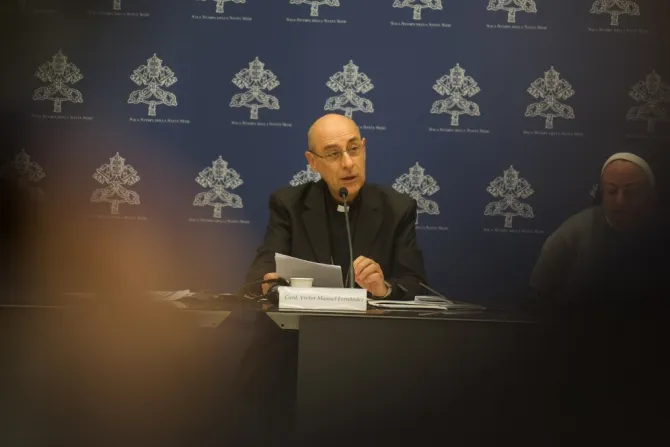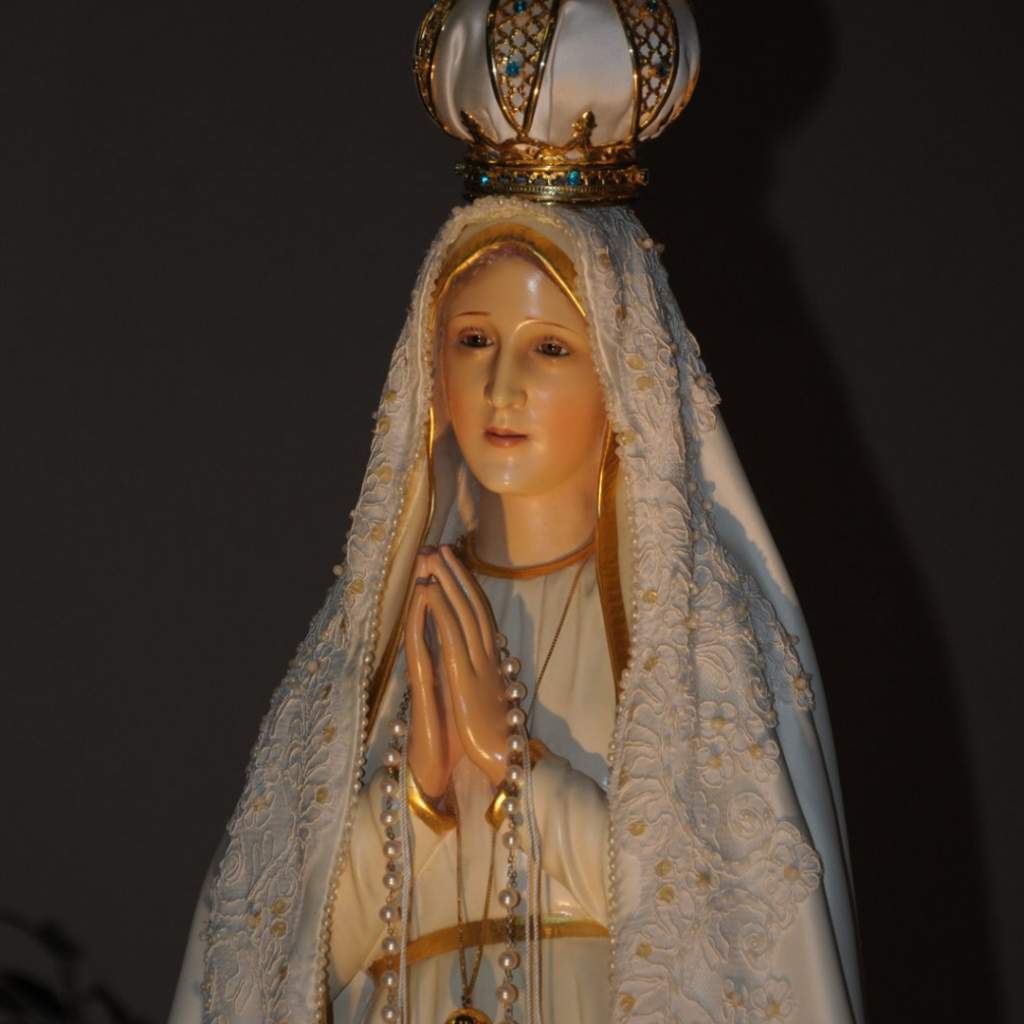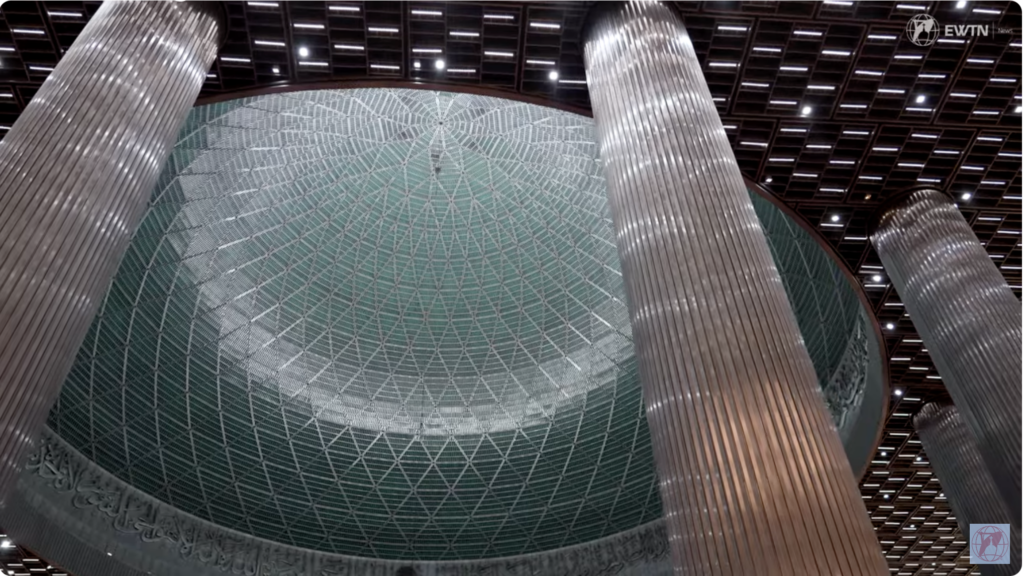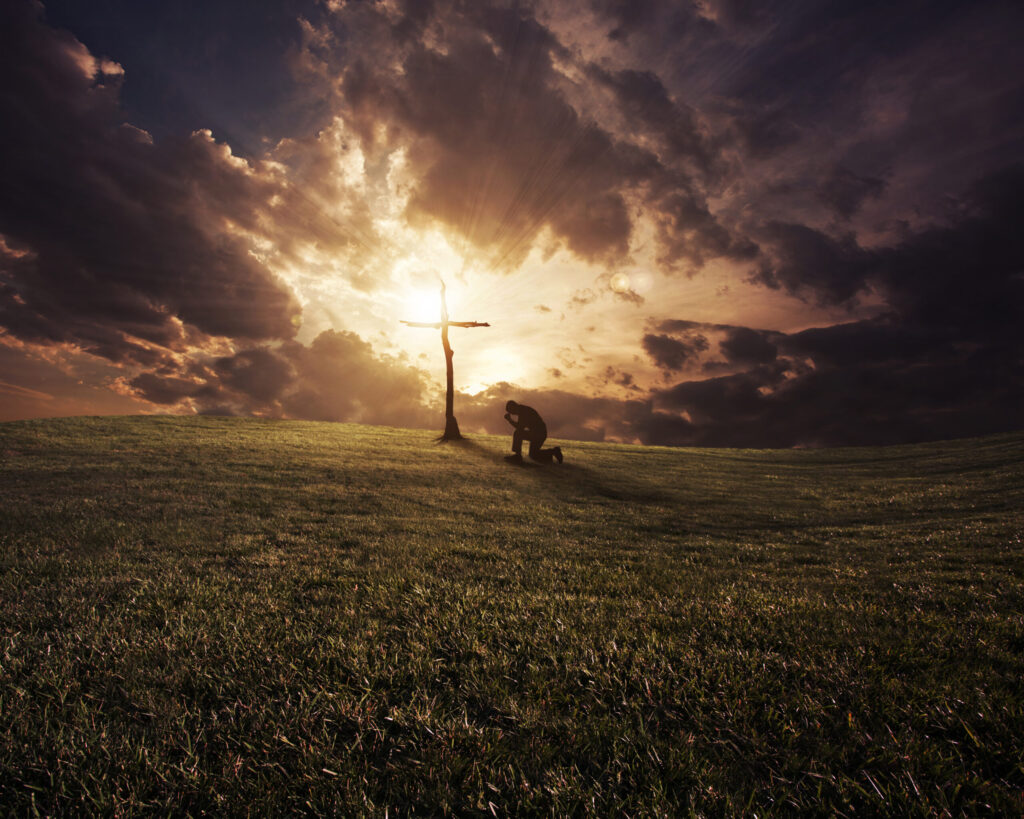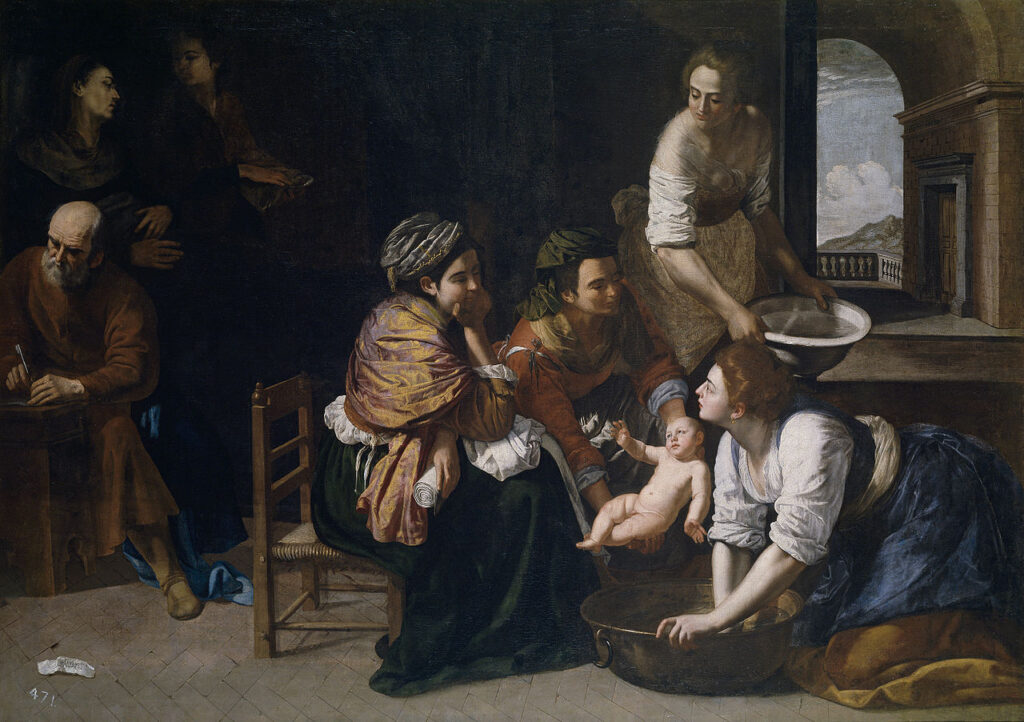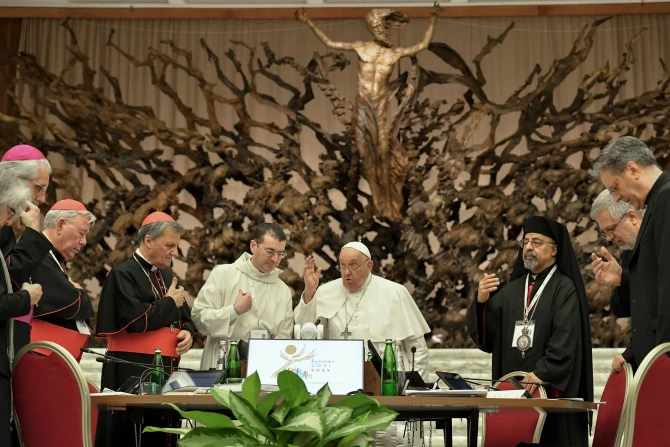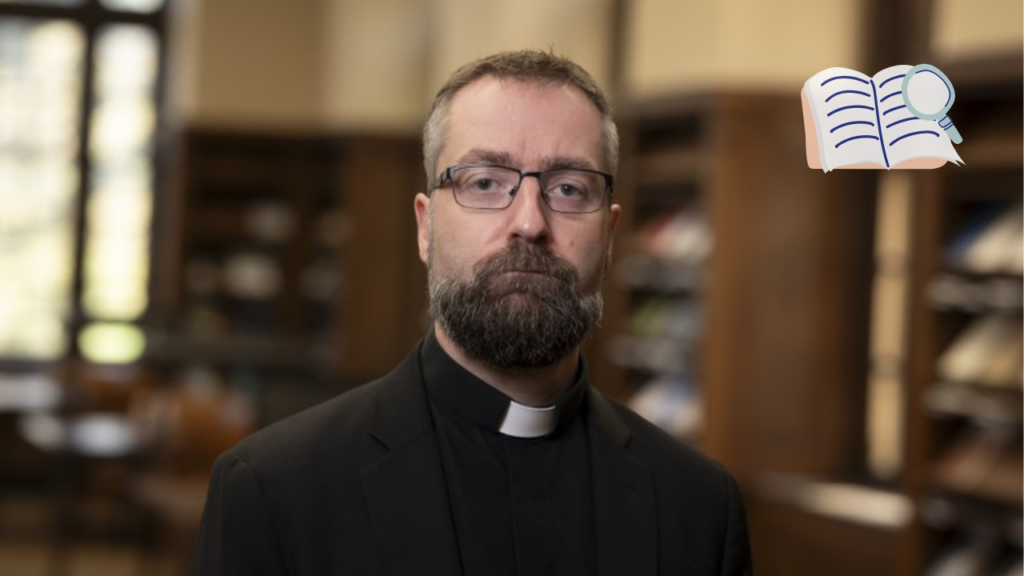Vatican Approves ‘Our Lady of the Rock’ Shrine at Alleged Marian Apparition Site in Italy
By Hannah Brockhaus
The Vatican’s Dicastery for the Doctrine of the Faith (DDF) has endorsed a bishop’s decree approving the spiritual activities at the shrine of “Our Lady of the Rock,” located in southern Italy at a site of alleged Marian apparitions.
This announcement marks the DDF’s fourth public statement regarding alleged apparitions since issuing new norms for the discernment of “alleged supernatural phenomena” in May. According to these regulations, local bishops must consult with and receive final approval from the Vatican after investigating and assessing alleged apparitions and associated devotions.
In a letter dated July 5 and published recently, the DDF acknowledged Bishop Francesco Oliva’s positive report on the spiritual benefits occurring at the Shrine of the Madonna dello Scoglio (“Our Lady of the Rock”) in the Diocese of Locri-Gerace. The DDF confirmed the bishop’s declaration that Catholics may freely visit and participate in the shrine’s devotions and liturgies. However, the dicastery emphasized that this affirmation does not constitute a judgment on the supernatural nature of the alleged apparitions.
The letter, signed by DDF Prefect Cardinal Víctor Manuel Fernández and approved by Pope Francis, reiterates this point.
The Marian shrine in Santa Domenica, a small village in Calabria, was built around a boulder where Mary allegedly appeared to 18-year-old Cosimo Fragomeni from May 11-14, 1968, as he returned home from working in the fields. Officially constructed in 2016, the sanctuary is often referred to as “the little Lourdes of Calabria” and attracts numerous pilgrims and visitors seeking physical healing.
Cosimo Fragomeni, who is still living, has documented his alleged mystical experiences in about 30 letters and meets with visitors twice a week for brief personal interactions.
The DDF instructed the local bishop to clarify in his decree that the approval of the shrine’s spiritual activities does “not imply any judgment — either positive or negative — on the lives of the persons involved in this case.” Additionally, any further messages from the seer should only be made public with the bishop’s approval.
The Vatican’s doctrinal office confirmed the “nihil obstat” judgment of the diocesan bishop, indicating that “no critical or risky elements have emerged, much less problems of obvious gravity” at the alleged Marian apparition site. Instead, there are signs of grace and spiritual conversion.
According to the May 17 norms, a “nihil obstat” judgment means: “Without expressing any certainty about the supernatural authenticity of the phenomenon itself, many signs of the action of the Holy Spirit are acknowledged ‘in the midst’ of a given spiritual experience, and no aspects that are particularly critical or risky have been detected, at least so far.”
In its letter, the DDF quoted Bishop Oliva, noting the “fruits of Christian life” evident among those who frequent the shrine, including prayer, conversions, vocations to the priesthood and religious life, acts of charity, and a healthy devotion.
“In the secularized world in which we live, where many spend their lives without any reference to transcendence, the pilgrims who approach the Shrine of the Rock are a powerful sign of faith,” the DDF’s letter stated. It continued by acknowledging the pilgrims’ presence before the Virgin as an expression of their need for God’s mercy and their own inadequacy in life’s labors.
“In such a truly precious context of faith, a renewed proclamation of the kerygma can continue to enlighten and enrich this experience of the Spirit,” the letter concluded.

